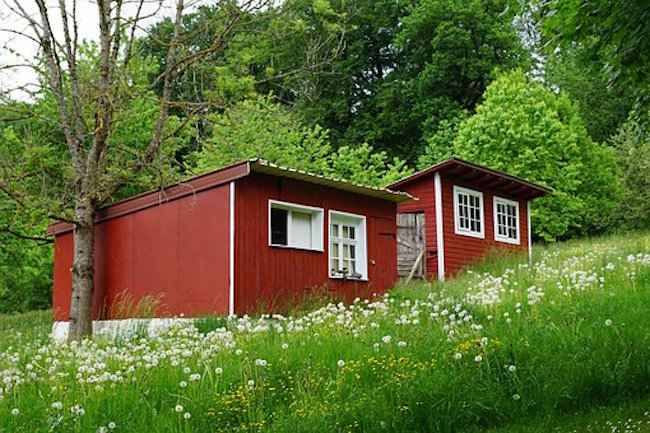Practical Survival Chemistry by 3AD Scout for Survival Blog
I have been involved in survival and preparedness since I was a teenager. I have done a lot, seen a lot, and heard a lot about preparedness from many sources. This has come from hands-on practice, reading books and magazines, watching YouTube, and talking with others of like mind. One area of survival or preparedness for TEOTWAWKI that doesn’t get discussed a lot is chemistry. I am by no means a chemist but I have always had an interest in chemistry and am a member of my local Hazardous Materials Response Team. While in the Army I was also on my unit’s Nuclear, Biological and Chemical (NBC) reconnaissance team.
The good news is that you also don’t need to be a chemist to incorporate and reap the survival benefits of chemistry. This article is to provoke thought about how we prepare and how we think of chemistry, especially in the realm of survival in a post-TEOTWAWKI world. This article is is intended to make you aware that there are very simple chemicals and compounds that you can use and make to give you an extra edge, post-TEOTWAWKI. This article is not intended to be a “how to” on making specific compounds. However I will discuss some just as examples. It is on you to thoroughly educate yourself, wear the appropriate safety gear, apply safety measures, and common sense.
I like to learn about chemistry by looking on Wikipedia at different chemicals or chemical compounds. Before you have bad flashbacks to 10th grade chemistry class, I am not looking at such things as determining a chemical’s atomic number or diagramming a compound’s chemical structure. I like to look at a chemical’s properties, and more importantly its history and common uses. There is, in some cases, also a cross over between chemistry and biology as we’ll get to later. It is very interesting how many of the chemicals and chemical compounds we use to this day have their roots of first use back to several hundred years ago. In his book The Knowledge: How to Rebuild Civilization in the Aftermath of a Cataclysm, Lewis Dartnell points out that “Cooking is the original chemistry in our history.” Many of the chemicals and chemical processes that we’ll discuss in this article have uses for food production and preservation.
I used to think that iron and steel are what made the Industrial Revolution possible, but without chemistry we would not have progressed like we have. Having a working knowledge of basic chemistry is important when trying to survive and recover from a TEOTWAWKI event.
SAFETY FIRST
We have to mention safety, especially considering that some of the chemicals and compounds we will be discussing are seemingly non-dangerous. That is until you get it in your eye or use a stronger than normal concentration or mix it with something that doesn’t react well with it. Safety equipment and supplies can NOT be over-rated when dealing with chemicals, even ones that are just “lying around the house”. You get no “machoman” bonus points for not wearing safety gear and taking safety precautions. In fact, when you end up in the ER no one will think you were “macho” at all. Eye protection is critical. However, I would highly suggest a good full-face shield versus just a regular pair of safety glasses. I have seen people who have been the victims of bad reactions and their eyes were saved by a pair of safety goggles but the rest of their facial skin suffered chemical burns. The eyes are perhaps the most sensitive exposed tissue on our bodies, so protect them!
Next are good gloves. But remember, you need to check a compatibility chart to make sure that your gloves will protect you from the chemicals that you are working with. I took a class from an Environmental Protection Agency (EPA) chemist and in her demonstration, she provided the class with jars filled with various common chemicals and then little bits of cut up gloves made from different materials. We placed the bits of materials in jars and watched as the glove materials dissolved or shriveled up. In some cases, this degradation happened very quickly. So, make sure you check to ensure the gloves you are using will indeed protect you from the chemicals the gloves will be exposed to. Print out a glove compatibility guide now and put it in your binder for reference.




